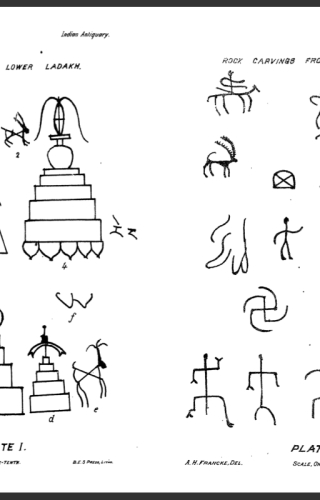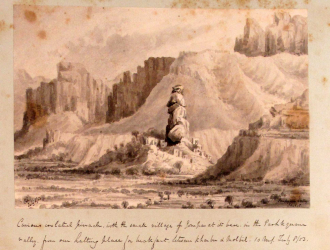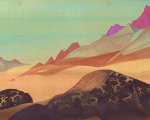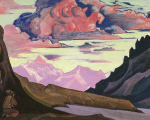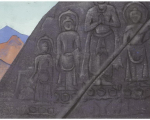Rock carvings found throughout Ladakh have been classified, most recently by archaeologists studying the region, under different time periods. These classifications broadly cover the Neolithic (circa pre-1500 BC) and Paleolithic ages. These findings have paved the way for an understanding of the history of the region prior to written records that started sometime in the tenth century AD. Archival images by A. H. Francke, a German missionary posted to Ladakh in 1896, demonstrate the first evidence of these petroglyphs. His recordings of these findings include black-and-white images of his drawings and some photographs. Other studies that followed in the early twentieth century also documented the petroglyphs in much the same manner. More recent studies, after the advent of photography, increased the documentation of petroglyphs at various rock art sites throughout Ladakh. Thereby, increasing our knowledge about the historical connections between Ladakh and its neighbouring countries.
This archival photo essay looks at the first drawings and photographs of epigraphs, inscriptions, rock art, rock carvings or petroglyphs, rock sculptures, stone carvings and mane (prayer) stones of this region. While many of these sites are conserved by the local community today, with scholars mapping and documenting them, many sites have also been lost either due to the vagaries of nature, wherein boulders with petroglyphs now lie submerged underwater in rivers or buried under the ground. Other reasons are more manmade, with road construction being the main culprit, followed by construction of buildings, overpainting or the use of these sites for rock climbing.
